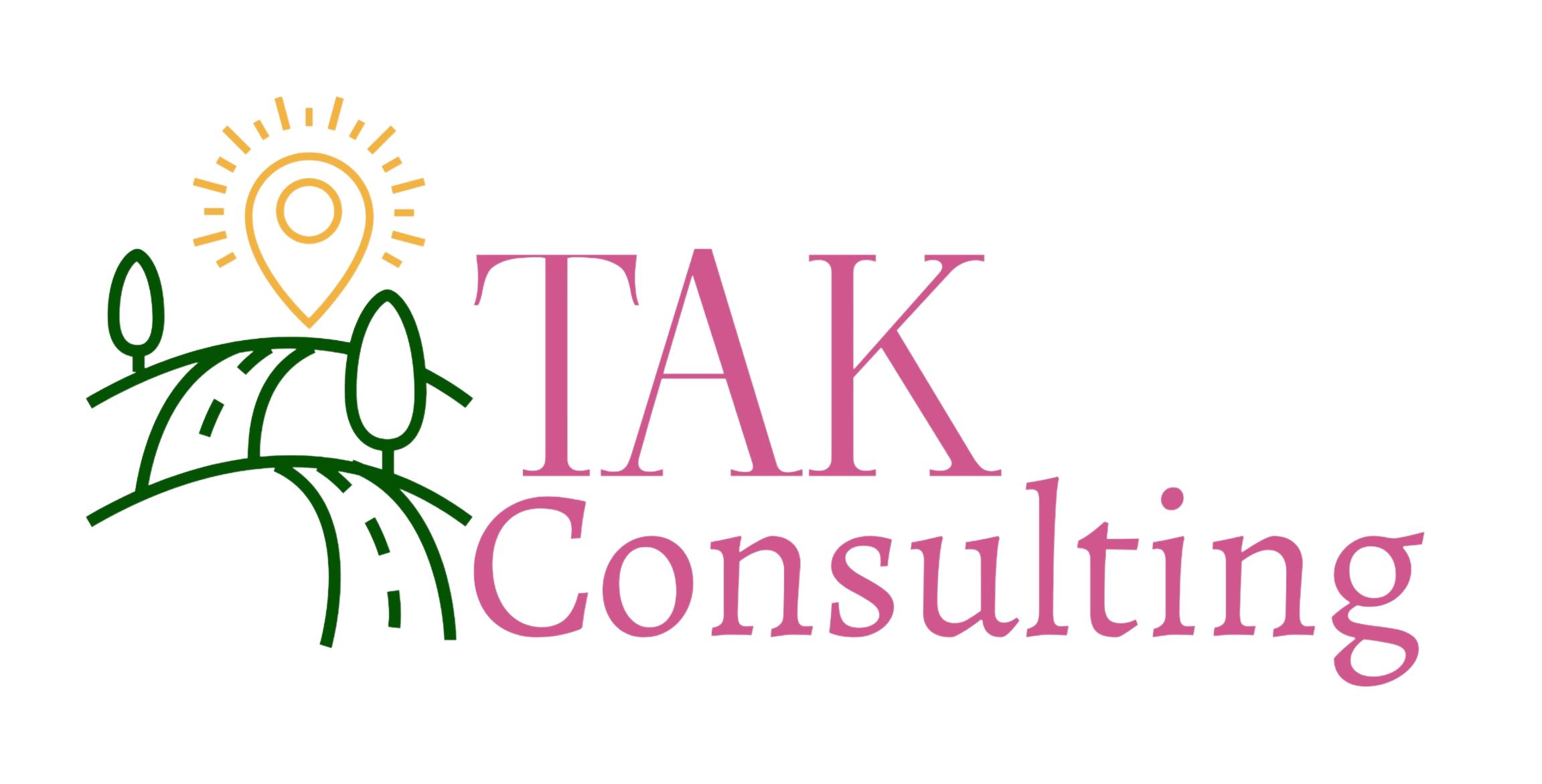In 2023, according to Zendesk Customer Experience Trends, half of all customers switch to a different business after just one bad experience. Although customers can be difficult to deal with at times, it is in your best interest to learn how to handle them well.
Why you should handle difficult customers well
One of the most obvious pluses to handling difficult customers well is that it retains customers. Retaining customers is extremely beneficial to your business as repeat customers spend 67% more than new customers. How often you lose customers is called customer churn rate. Understanding your churn rate can allow you to see if new products are liked (or not), evaluate if your marketing needs to be changed/improved, and save money by retaining more customers instead of only just getting new ones. If a customer leaves satisfied even after a difficult time, it may make a big enough impression that they are more likely to come back and even spread the (good) word about your business to others. Another way pleasing customers is beneficial is because it can provide valuable feedback. Knowing where problem areas lie and being able to prevent that in the future can save everyone the time and hassle spent dealing with the same problems.
How to handle difficult customers
Although it is stressful dealing with difficult customers, it can be easier if you are prepared for it. Many people have different reactions to things and this can present different types of difficult customers. They often include: angry, demanding, critical, unrealistic, indecisive, and more. Angry customers are often the hardest for others to deal with. It’s important to keep your voice at a normal level, or even lower it, if the customer’s voice has raised. Lowering your voice may help to bring theirs down and it’s important not to escalate the situation by raising yours. Additionally, giving an apology can be beneficial as it shows them you are acknowledging why they’re upset. Saying something like “I can see you’re upset, and I’m so sorry,” can validate their feelings while not putting the blame on yourself. The next common type of difficult customers are demanding. Demanding customers often want you to do something for them that the business does not allow and hence they demand for things you cannot do. Figuring out a compromise is typically the best way to handle them. As an employee, it may be in your best interest to find a higher up who can appease them better. Also, if nothing being said is working for them, showing empathy and agreeing to what they’re complaining about can sometimes make customers become more open to negotiating as they may finally realize you understand but there is nothing you can do. Onto critical customers. Critical customers are just that – critical of the way your services, products, or anything else is in your business. Though this can be frustrating, they may also be a great way to gain valuable feedback. When dealing with them, consider saying things like “Thank you so much for the feedback! I will relay this to X department” or “I appreciate what you’ve said here but I understand this may not be the best for everyone.” This acknowledges their feelings and in some cases, may make them feel heard.
Customers that are angry, demanding, and critical are typically handled in a similar manner and may be more stressful as emotions can be heightened for them. However, there are difficult customers who do not fall into these categories. Indecisive and unrealistic are two types of recurrent, difficult customers. Indecisive customers usually ask a lot of questions and take longer making decisions. Determining what they are looking for exactly or what their concerns are on said service/product is the first and most important step to handling these customers. The next step is assuring them by knowing and speaking confidently on what you are providing. Moreover, explaining where and how they can use this product/service in depth can provide a deeper sense of security in deciding if they want or need it. The final type of difficult customer we’re covering today is unrealistic customers. Similar to demanding customers, having an unrealistic expectation of your business can make it so customers request things that are not possible for you to do. Unrealistic customers often ask about lower pricing as well. Being straightforward, thoroughly communicating and then setting hard boundaries as to what your business does, is the best way to take care of these customers.
Even with all the types of customers we covered, there are many different people out there who may not fall into these categories or could be a mix of any of them. Regardless of the types of difficult customers, there are many more ways to handle customers. Some other ways include: being personable by using their name and introducing yours, following up (if possible) after the issue has occurred, and changing your mindset from finding blame to how to fix the problem.
Handling customers well pleases everybody
All in all, there are numerous ways to go about handling difficult customers and it is in your best interest to do so. By knowing how to handle them, you are well equipped to deal with any problems that arise from them in the future.





